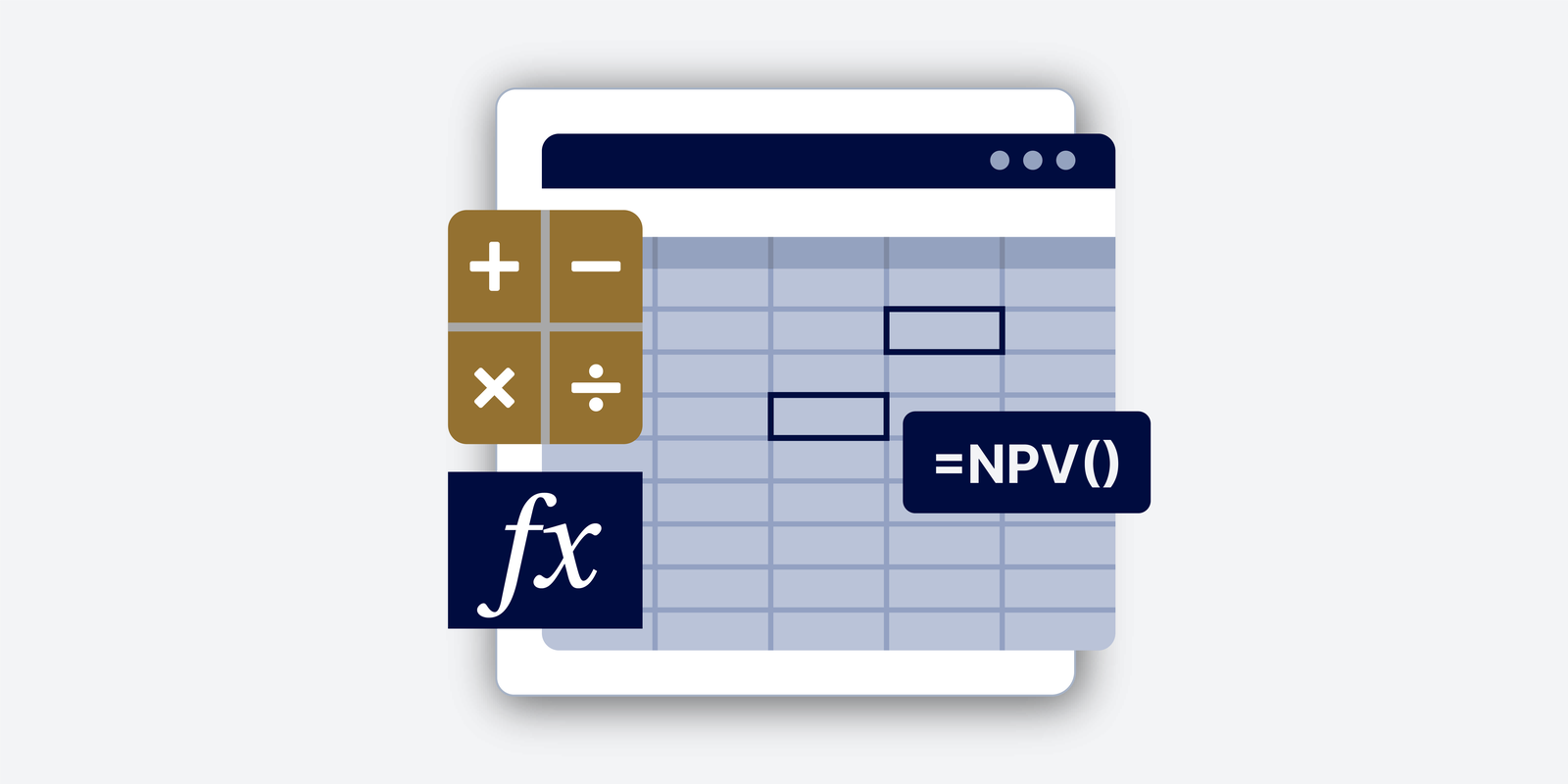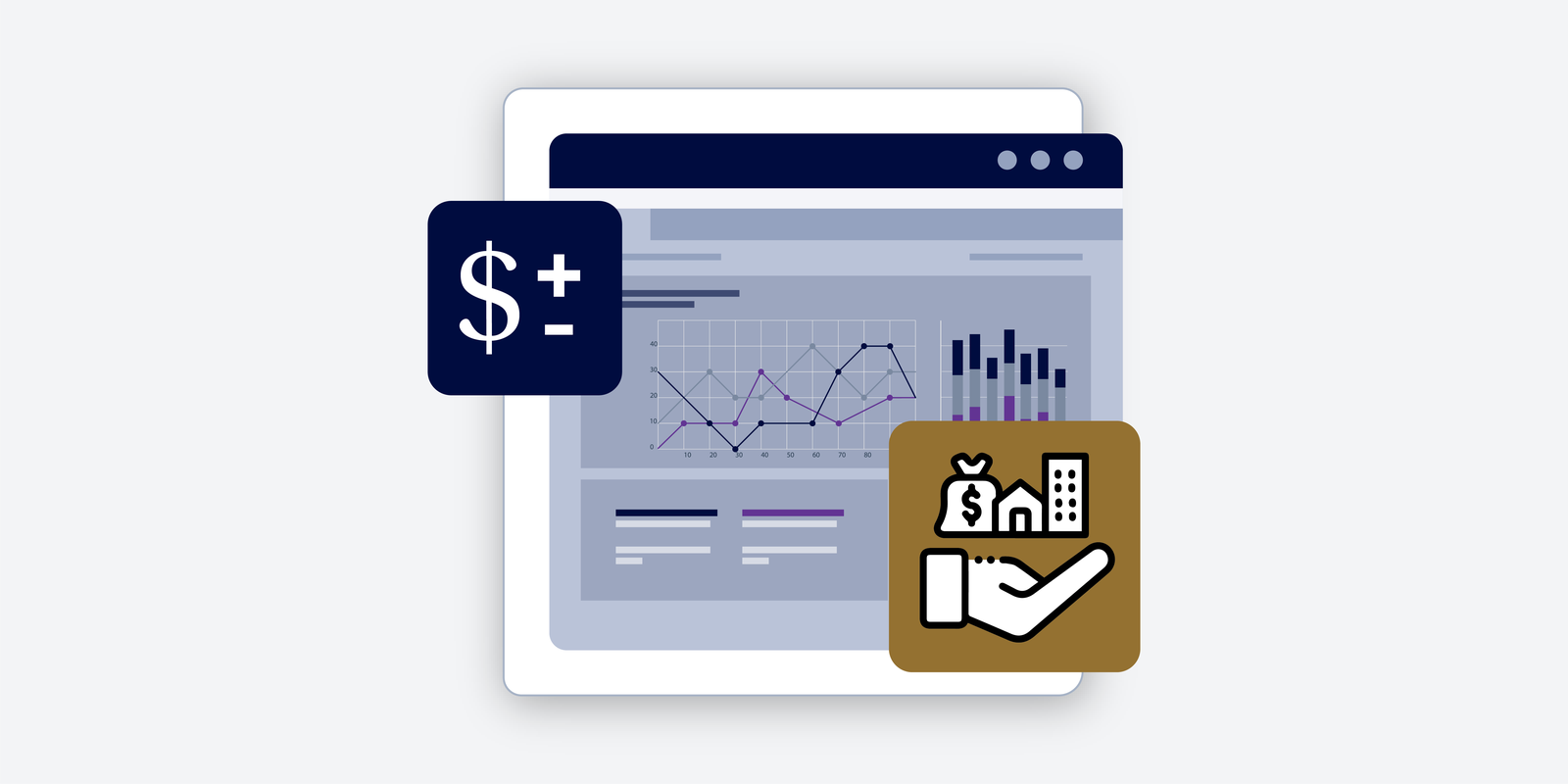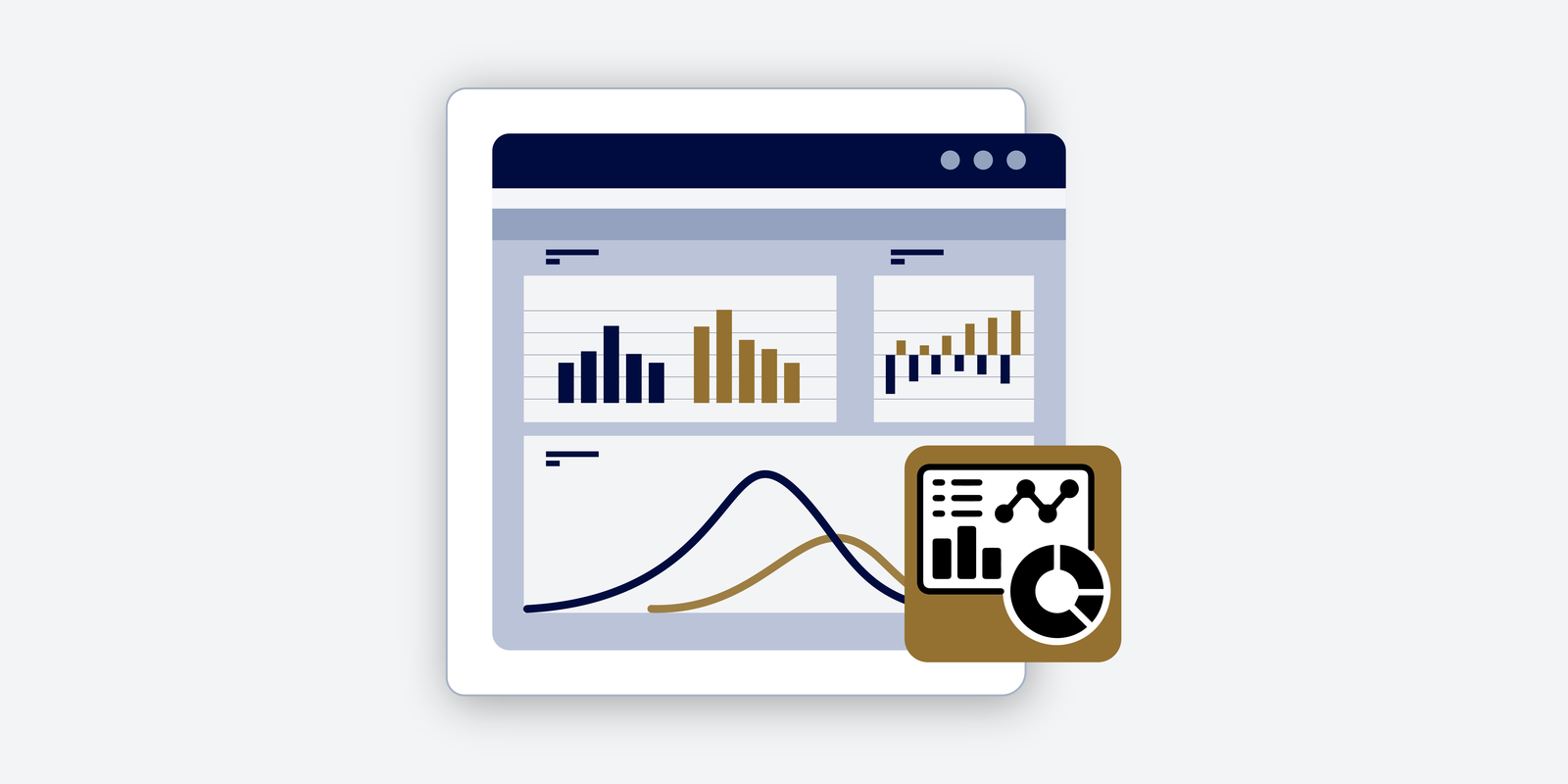EV/Capital Employed Ratio
What is the EV/Capital Employed Ratio? EV/Capital Employed Ratio is a measure of enterprise value normalized by the level of capital used by the business. For example, a large business with a large capital stock is bound to realize a large enterprise value solely due to its large capital holdings. What Does the Numerator (ROCE)…





